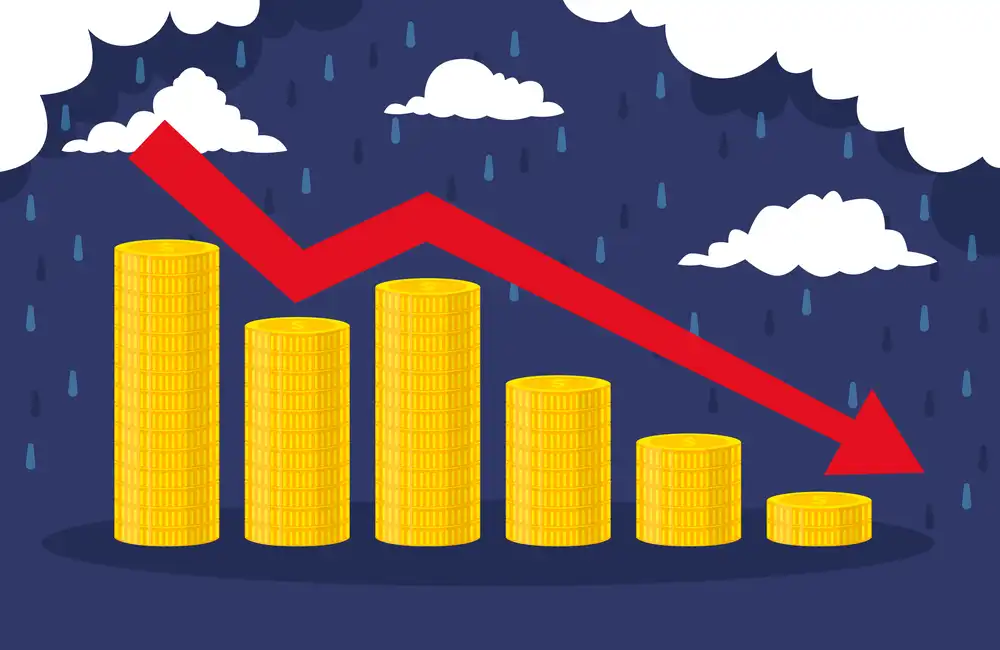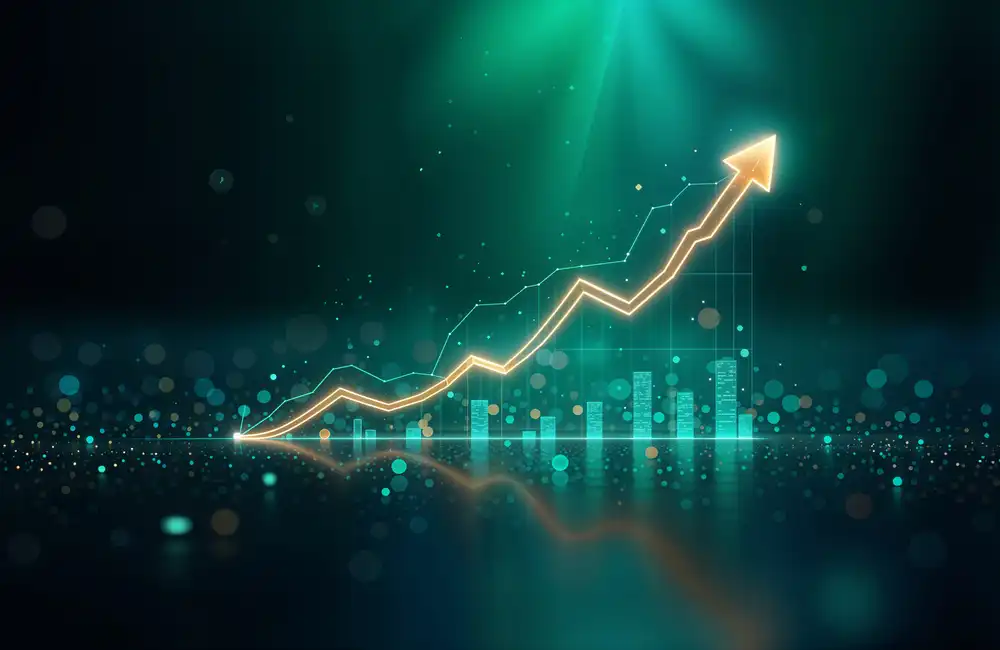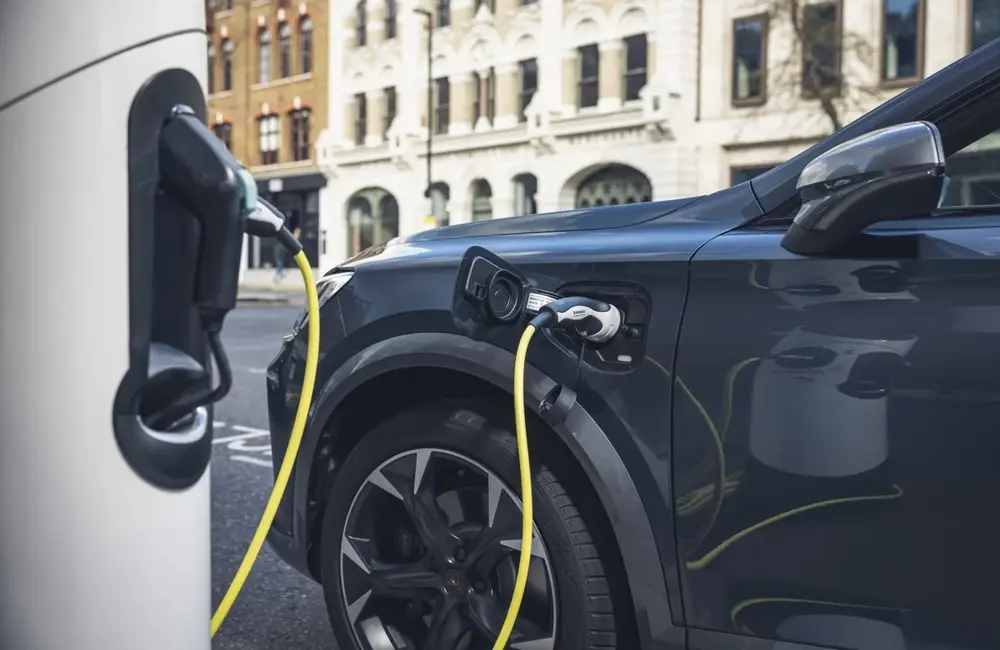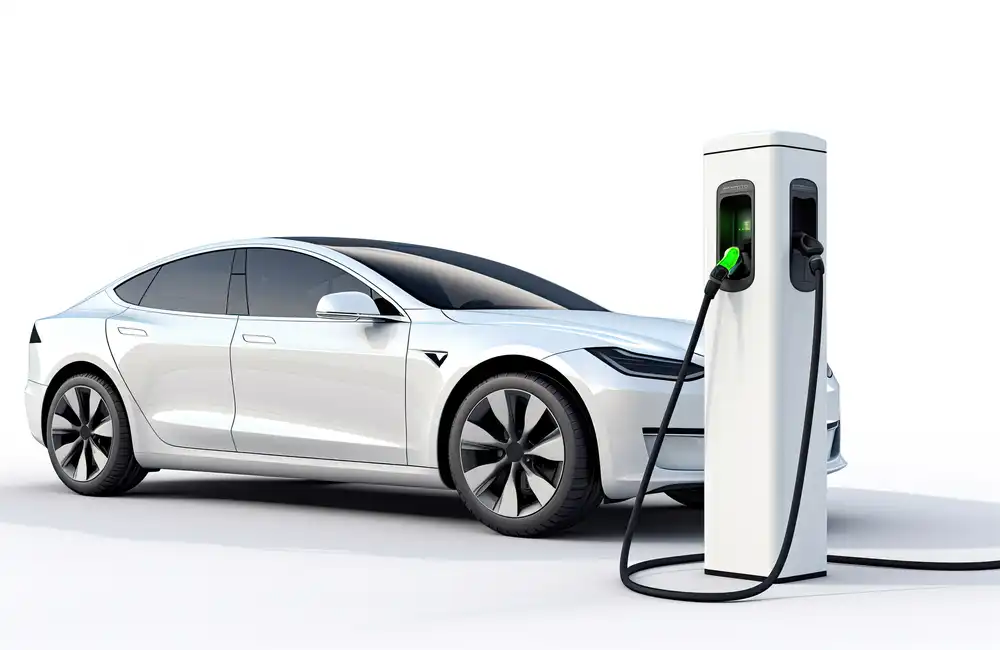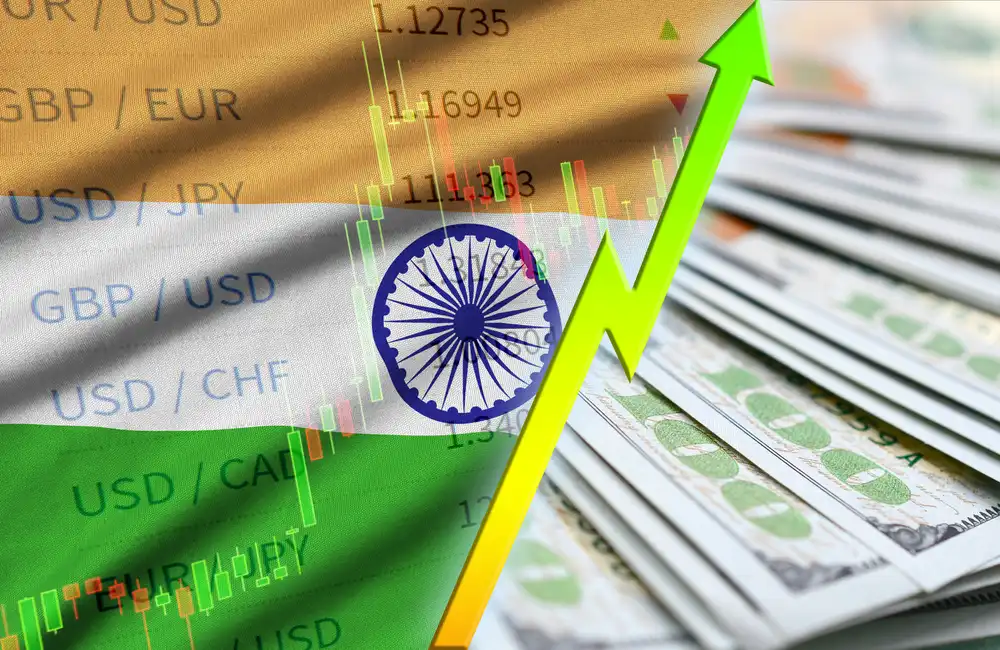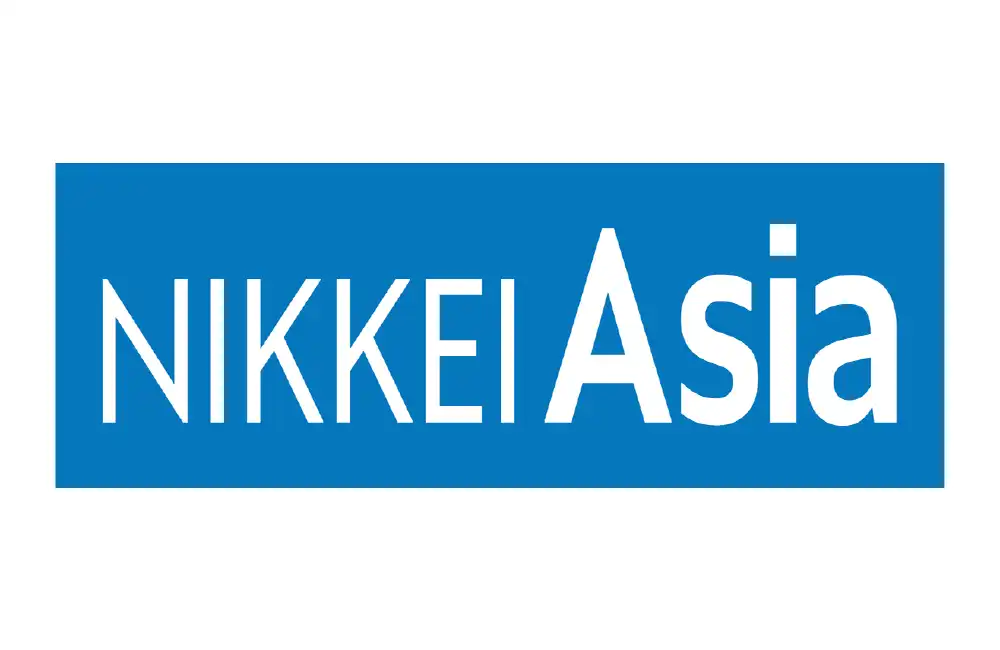Electric vehicles are already nearing price parity with efficient fossil-fuel vehicle in some countries and should do this in all major consuming markets by 2024, increasing demand for EV batteries and battery materials
Alvaro Rodriguez, Spain public affairs director of electric scooters manufacturer VOI, told the International Recycling Bureau (BIR) conference taking place in Barcelona this week.
“And once we hit price parity, everything in the city will change,” Rodriguez said, pointing out that road transport, as it stands, kills 9 million people every year, and is responsible for one third of global carbon emissions.
Citing data from Bloomberg New Energy Finance that Rodriguez presented at the event, EVs are achieving price parity this year in the US, Australia and Europe for large cars, and in the US and Australia for SUVs.
“In the US for all segments of the car market, and in Australia in 2023 price parity will be reached, and in China for midsize cars,” he said. “In 2024 price parity will come in Europe for SUVs and midsize cars."
What happens on the market now, in terms of the transition to EVs, will begin to affect the scrap industry in 10 years' time, he said, adding that EV batteries might generally be recycled after 10 years of useful life.
EV batteries can include nickel, cobalt, lithium, manganese and graphite.
In the case of the BMW i3 electric vehicle with a 33 kWh Li-ion traction battery, those 33 kWh Li-ion traction battery would contain 2 kg of cobalt, 6 kg of lithium, 12 kg of manganese, 12 kg of nickel and 35 kg of graphite, Rodriguez said.
Rodriguez said he expects 550 million EVs (globally in circulation) by 2040 compared with roughly 7 million currently and 10 years after that, there will be significant amounts of battery waste to recycle.
He said he was hopeful that a high level of EV battery recycling could be achieved, based on the experience of recycling lead-acid batteries, which are now 97% recycled, with 70% of the weight in a battery being reusable lead. “We have not mined in Spain (those that are left have been shut) for the last 15 years, but we still produce 100,000 mt/lead a year (recycling),” he argued. “It’s the perfect, economical solution for recycling lead batteries.”
Lithium recycling is in many ways entirely different than lead recycling and “we’re just at the very first step of a big, big wave,” Rodriguez said.
Prices of lithium chemicals skyrocketed during the first quarter of 2022, reaching nearly twice the levels seen in November 2021, though some of that momentum was lost in March.
S&P Global Commodity Insights data showed a weekly CIF North Asia lithium carbonate price assessment by Platts at $76,000/mt May 20, up $700/mt on week.
A full resend signal for recycling in the whole world
Dr Ranjit Singh Baxi, founding president of the Global Recycling Foundation and past-president of BIR, said he was in no doubt that net-zero climate targets and EV rollout targets would not be met due to a lack of harmonization among the various steps in the EVs and batteries supply chain. He added, “We need a global harmonization policy.”
“In real life, everything is so disconnected,” Baxi said, on the sidelines of BIR. “Let’s not only live up to the rhetoric. As demand is increasing, the manufacturers need to be in regular touch with the recyclers about their recycling possibilities.”
There needs to be a global harmonization policy between EV manufacturers on the chemistries and materials used in their batteries so recycling can be done at scale, Baxi said. Large-scale battery metals recycling is considered by many to be integral to meeting EVs' supply chains, as more primary metals may not be readily available in future years.
“At the moment, everyone is very cost-sensitive on battery technology, but (the technologies selected) may not be recycling-friendly. Cobalt is an extremely highly toxic material,” the Global Recycling Foundation president said.
Platts assessed its weekly cobalt sulfate CIF North Asia price at $17,800/mt May 20, $100/mt higher on the week, according to S&P Global Commodity Insights data.


